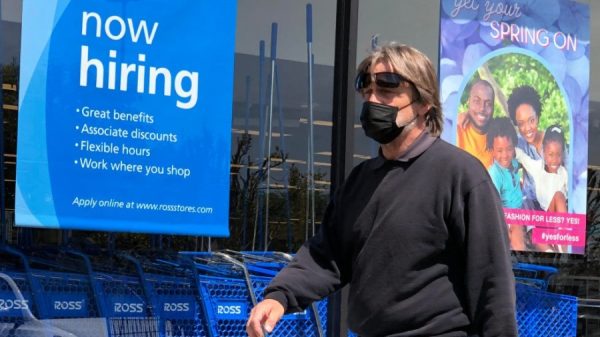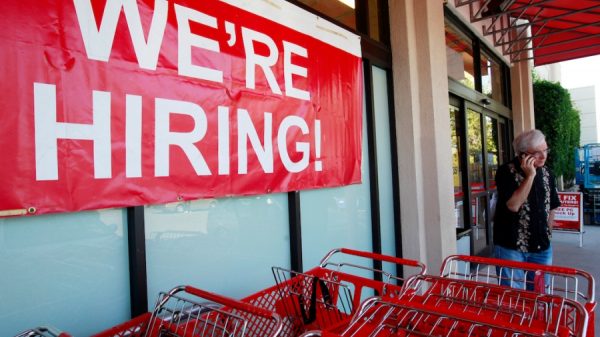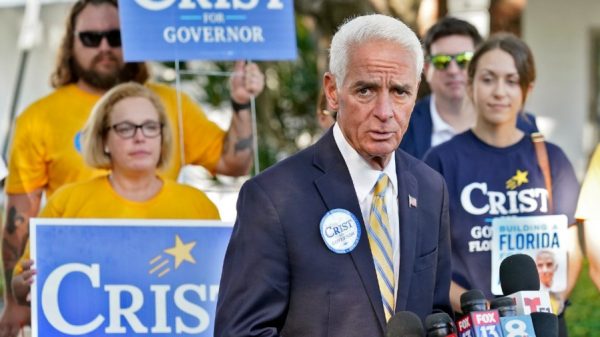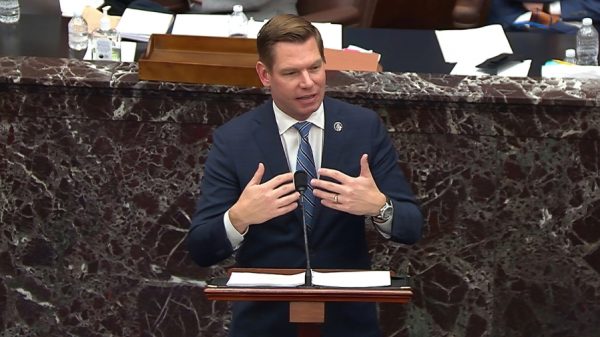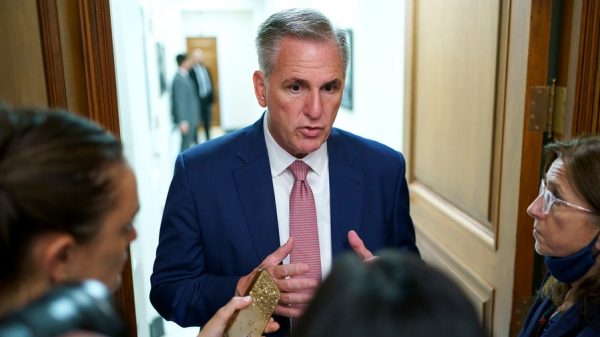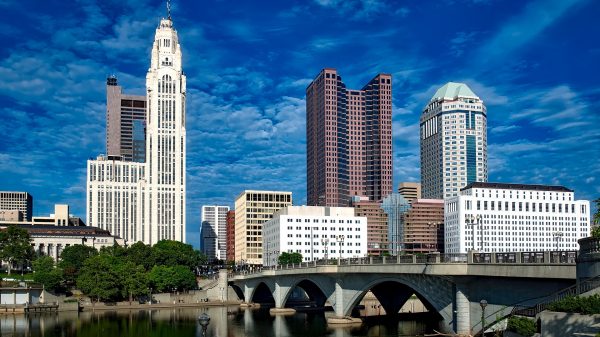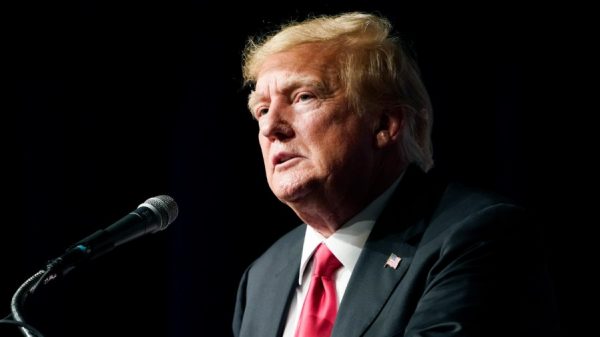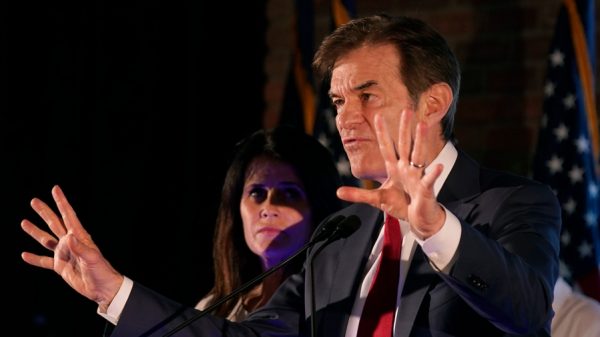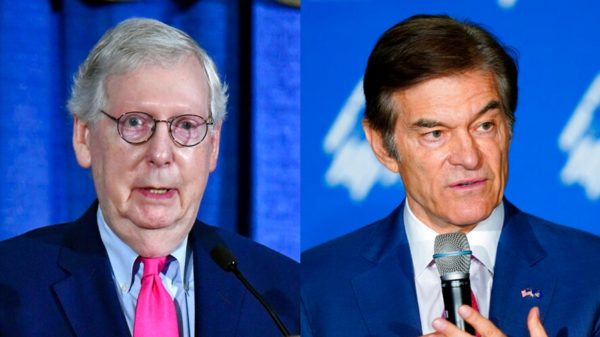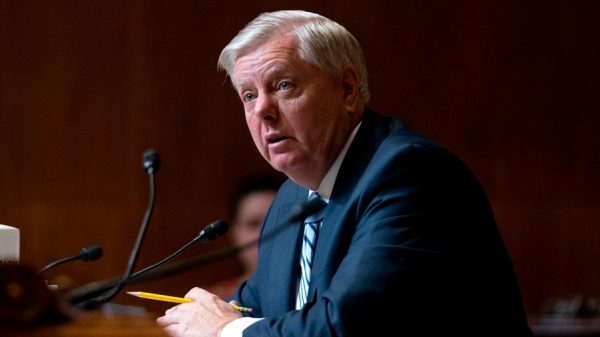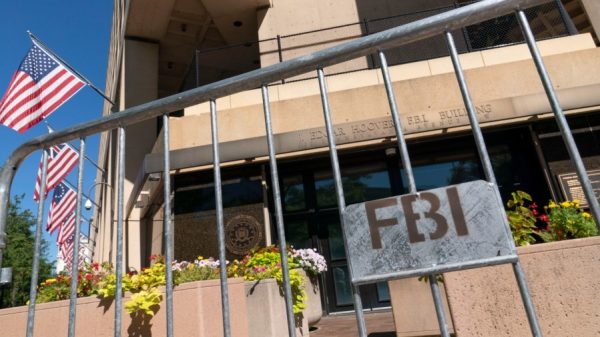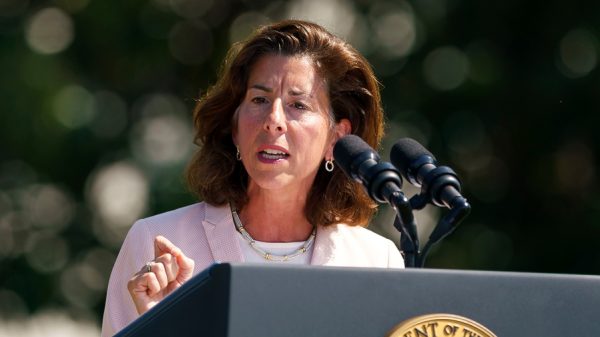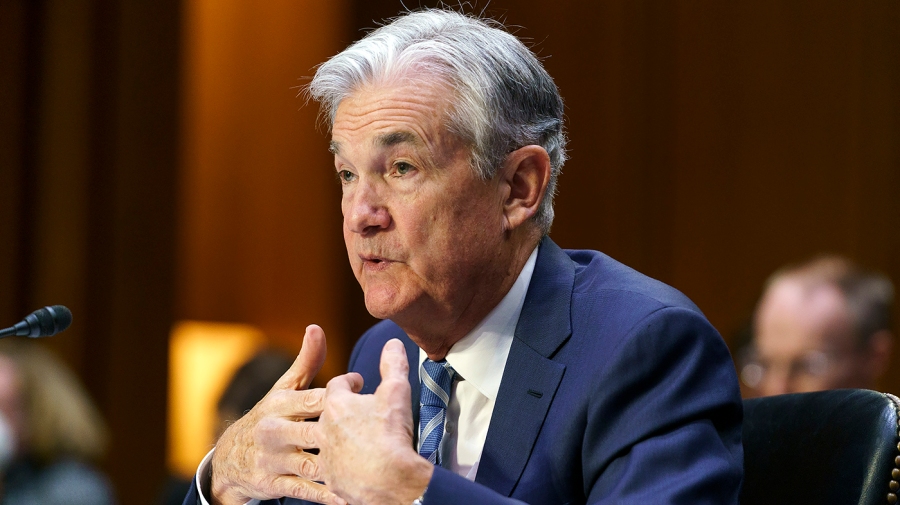Federal Reserve Chair Jerome Powell said Friday the central bank will lean into interest rates meant to restrict the economy until inflation steadily declines.
Speaking at the Fed’s annual policy summit in Jackson, Wyo., the Fed chief said the bank will keep taking “forceful and rapid” steps to curb price growth even though it could cause higher unemployment and a recession.
“While higher interest rates, slower growth and softer labor market conditions will bring down inflation, they will also bring some pain to households and businesses,” Powell said Friday.
“These are the unfortunate costs of reducing inflation. But a failure to restore price stability would mean far greater pain,” he continued.
Powell’s speech comes as the Fed races to bring inflation down from levels last reached during the 1980s. Annual inflation as measured by personal consumption expenditures (PCE) index, the Fed’s preferred inflation gauge, was 6.3 percent in July — more than three times the Fed’s target of 2 percent.
While the annual inflation rate dropped sharply in July from 6.8 percent, Powell said the brief dip “falls far short” of what the Fed needs to see “before we are confident that inflation is moving down.”
The Fed has already raised its baseline interest rate range from a span of 0 to 0.25 percent in March to 2.25 to 2.5 percent as of July, hiking borrowing costs at a historically rapid pace.
Powell did not specify whether the Fed’s monetary policy panel will raise rates by 0.75 percentage points for the third consecutive meeting at its meeting in September, or if it would opt for a smaller 0.5 percentage point hike. But he made clear the Fed will keep hiking rates and leave them at levels intended to slow the economy enough to curb price growth.
“We are moving our policy stance purposefully to a level that will be sufficiently restrictive to return inflation to 2 percent,” Powell said.
“In current circumstances, with inflation running far above 2 percent and the labor market extremely tight, estimates of longer-run neutral are not a place to stop or pause.”
The Fed aims to reduce inflation by raising its baseline interest rate range, which increases borrowing costs throughout the economy.
Higher interest rates suppress economic activity by making it more expensive for households and businesses to borrow money and increasing the cost of pre-existing debts. Rate hikes also tend to slow the housing market by making mortgage payments more expensive and forcing homeowners to sell at lower prices to compensate for higher borrowing costs.
Fed rate hikes also tend to slow consumer spending as credit card rates increase and declining stock prices give wealthier households less financial wiggle room. Higher interest rates and slower consumer spending also cut into business profit margins, which often leads to declines in hiring and business expansion.
As higher rates curb consumer spending and hiring, the Fed hopes to slow the economy enough to reduce price pressures and bring inflation down without causing a recession or job losses. But Powell warned Friday that the U.S. economy will likely feel pain as the Fed continues to ramp up rates.
“Restoring price stability will take some time and requires using our tools forcefully to bring demand and supply into better balance. Reducing inflation is likely to require a sustained period of below-trend growth,” Powell said.
Even so, he said the likely dip in economic growth and weaker job market is a necessary sacrifice to prevent a deeper downturn from derailing the economy for longer. He cited the recession invoked by the Fed during the early 1980s after the bank spent 15 years struggling to bring inflation down.
“History shows that the employment costs of bringing down inflation are likely to increase with delay, as high inflation becomes more entrenched in wage and price setting,” Powell said.
“Our aim is to avoid that outcome by acting with resolve now,” he continued.
The Fed has faced criticism from some economists and financial experts for boosting rates to restrictive levels even though many of the forces pushing prices higher are beyond the bank’s control.
The war in Ukraine has caused prices for food, oil and other key commodities to rise and swing rapidly, pinching household budgets across the world. And while the U.S. has added roughly 2 million jobs since the start of 2022, the size of the workforce is still smaller than before the onset of the COVID-19 pandemic. Employers have scrambled for years to fill a record number of open jobs, boosting wages and compensation at rapid rates to woo scarce workers.
Powell, however, said it’s the Fed’s responsibility to bring inflation down to stable levels regardless of the obstacles in its way.
“None of this diminishes the Federal Reserve’s responsibility to carry out our assigned task of achieving price stability. There is clearly a job to do in moderating demand to better align with supply. We are committed to doing that job,” he said.


